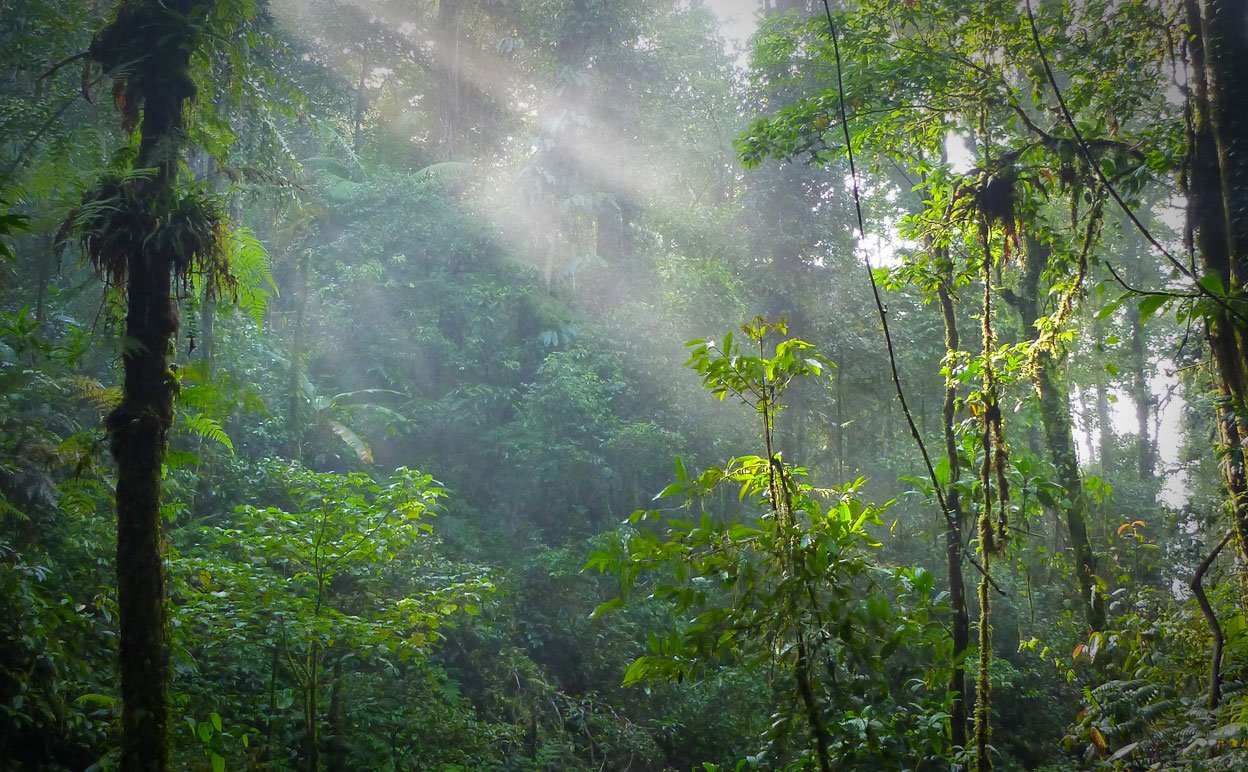
Poor Michael, all alone
Lost in the steamy jungle
Lost in the hands of God
-“Michael Rockefeller”, Guadalcanal Diary

I never learned about Michael Rockefeller in anthropology class. Like a lot of my education, the story reached me through a song. In the 1980’s, I was an avid fan of R.E.M. A band called Guadalcanal Diary opened for them on one of their tours. Usually, I’m not into opening bands. Don’t get me wrong. I’m polite. I don’t heckle. I DO spend most of the time waiting for their set to be over. For the band I’ve been waiting for to take the stage.
Michael Rockefeller Doing Research, 1961
But on that gloomy, rainy summer night (so unusual for Southern California), the band launched into a song that transfixed me. A jangly, eerie ballad whose chorus kept lamenting “poor Michael”. The mystery deepened when I found out the song was called “Michael Rockefeller”.
Rockefeller is not a name I associate with poverty.
Why “poor Michael”?
It’s a hell of a story. Michael Rockefeller was the youngest son of Nelson Rockefeller, governor of New York and future Vice President of the United States. When Michael graduated from college in 1960, his father expected him to follow a well-worn path and manage the family’s empire. Michael had other plans. He fell in love with what was called at the time “Primitive Art”, particularly the work of stone-age tribes living in Papau-New Guinea. He organized several expeditions to buy art for his family’s collections. This was no easy feat. Even today, Papau-New Guinea is remote. Hard to navigate. But Michael Rockefeller made it happen. He was successful in getting the tribes to trade their art for such modern marvels as axes, fishing hooks and tobacco.
On November 18, 1961, he packed up his gear and sailed with a friend, Rene Wassing, down the coast. They encountered rough waters at the mouth of a river. Their boat capsized. Rather than wait for a rescue, Michael strapped empty gas cans to his body and decided to swim for shore. His friend tried to discourage him, but Michael refused to be swayed.
“I think I can make it,” he insisted.
The Area Where Rockefeller Disappeared, Image From Smithsonian Magazine
It was the last time he was seen alive.
Authorities launched a massive search for Michael Rockefeller, to no avail. He was missing and presumed dead, the victim of a drowning. But as the search teams were folding up their tents, disturbing news reached them. A local priest, Father Hubertus Von Peji, reported that members of the Otsjanep tribe told him they killed and ate a white man. Not only that. They had taken parts of his body as tribute.
As recounted in Carl Hoffman’s engrossing account Savage Harvest:
Pep [one of the tribesmen] had one thigh bone, Ajim the other.
Jane one tibia, Wasan the other.
As had Michael’s left upper arm, Kakar his right...
Von Peji listened. Nodded his head. “Where is his head?”
“It hangs in the house of Fin. And it looked so small, like the head of a child.”
The reason for the killing?
Revenge for a massacre that happened three years earlier, at the hands of Max Lepre, a white colonial administrator. The tribe’s story was so convincing that Dutch officials took photos of the men supposedly involved in the killing, just in case the government pursued the case.
The government decided not to press charges. Michael Rockefeller’s disappearance came at a politically sensitive time for Papua-New Guinea. Rather than subject “an illiterate group of naked Stone Age warriors to a moral standard and administrative process that were totally incomprehensible to them”, officials let the matter drop.
Michael Rockefeller’s body was never recovered.
Michael Rockefeller Room at the Metropolitan Museum of Art, Author Image
But his spirit lives on in the New York Metropolitan Museum of Art. In the Michael C. Rockefeller Wing, the art he purchased more than fifty years ago is on display. It serves as a silent testament to a young man’s ambition and the violent collision of two very different worlds.


